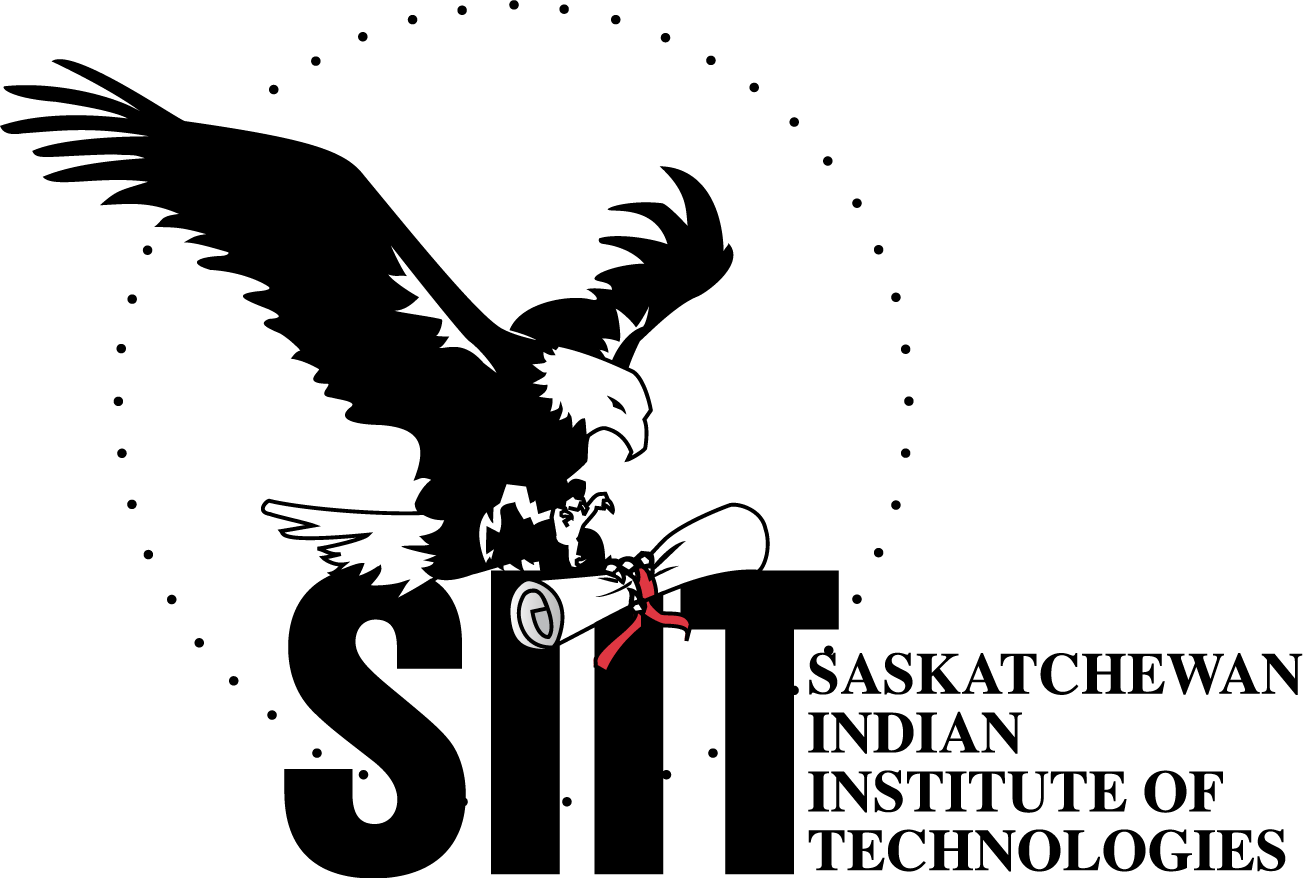154 Conclusion
Course Conclusion
In conclusion, this course on Community Safety and Emergency Preparedness covers a wide range of emergency situations and teaches preventative measures to ensure that you are well equipped to handle any challenges that could arise. By examining case studies and learning about partnering with community agencies, you will be better able to enhance community safety. Our course objectives are comprehensive, and upon completion, you will be able to create a community safety plan, evaluate case studies, respond to emergency situations, evaluate community needs, partner effectively with community security and respond to safety needs promptly. With the skills and knowledge gained from this course, you will be equipped to create a volunteer emergency response team for your First Nation community. Overall, this course is designed to equip you with the necessary skills to ensure the safety of your community during emergency situations.
Mapping My Journey
Objective: To enable students to critically reflect on their learning journey, drawing connections between course content, personal experiences, and future applications.
Instructions:
- Introduction:
- Briefly describe your initial expectations and feelings at the beginning of the course.
- What were your perceived strengths and weaknesses related to the course content?
- Key Learning Moments:
- Identify and discuss 3-5 pivotal moments or modules from the course that significantly impacted your understanding or perspective. Use the following structure for each:
- Description: What was the moment/chapter about?
- Reflection: Why was this significant to you?
- Identify and discuss 3-5 pivotal moments or modules from the course that significantly impacted your understanding or perspective. Use the following structure for each:
- Insight: What did you learn or realize from this moment?
- Challenges & Overcoming Them:
- Discuss 2-3 challenges you faced during the course.
- Describe how you addressed these challenges and what resources or strategies helped.
- Reflect on what these challenges taught you about your learning style and preferences.
- Personal Connections:
- Link your course learning to personal experiences or previous knowledge. Describe at least 2 instances where the course content resonated with your personal or professional life.
- How has the course content influenced or changed your perspective on these experiences?
- Future Applications:
- Project into the future and discuss how you envision applying what you’ve learned.
- Identify potential challenges or barriers you might face and consider strategies to overcome them.
- Feedback & Suggestions:
- Suggest 1-2 improvements or additions that could enhance the learning experience for future students.
- Conclusion:
- Reflect on your overall journey through the course.
- Share any final thoughts, unresolved questions, or areas you feel you’d like to explore further.
- Format:
- Length: 1000-1500 words
- Format: PDF or Word Document
- Multimedia: Students are encouraged to embed relevant images, diagrams, or even short video reflections to enhance their submission.
Mapping My Journey Rubric
| Criteria | Exemplary
(5) |
Accomplished
(4) |
Developing
(3) |
Beginning
(1-2) |
Unacceptable
(0) |
| Depth of Reflection | Comprehensive introspection and profound reflections. | Solid reflection with minor gaps. | Adequate reflection; some areas lack depth. | Limited depth in several sections. | Minimal or no reflection. |
| Connection to Course | Strong, clear ties to course content throughout. | Mostly clear connections; minor gaps. | Some connections, but occasional irrelevance. | Weak or sparse connections. | Largely inaccurate or no connections. |
| Personal Insight | Significant personal growth and deep insight demonstrated. | Good evidence of growth and insight. | Some insight shown; limited growth evidence. | Little evidence of growth or insight. | No evidence of personal growth. |
| Feedback on Course | Detailed, actionable feedback with thoughtful suggestions. | Relevant feedback with some improvement suggestions. | General feedback; some impractical suggestions. | Vague feedback with unclear suggestions. | No constructive feedback offered. |
| Presentation | Perfectly organized, meets guidelines, and uses multimedia effectively. | Well-organized and adheres to most guidelines. | Adequate organization; minor issues or limited multimedia. | Disorganized or not fully adherent to guidelines. | Poor organization and format; no effective multimedia use. |
